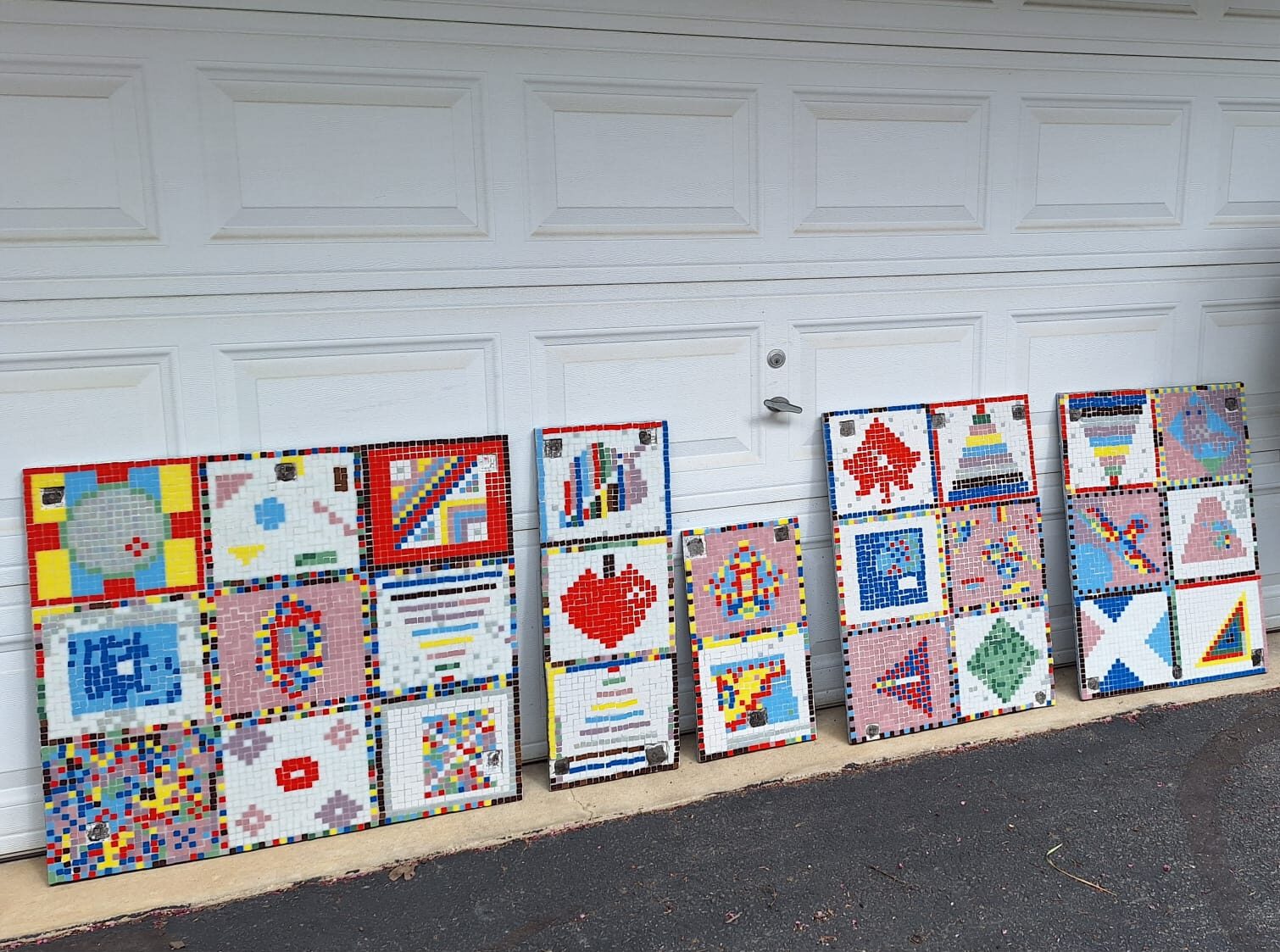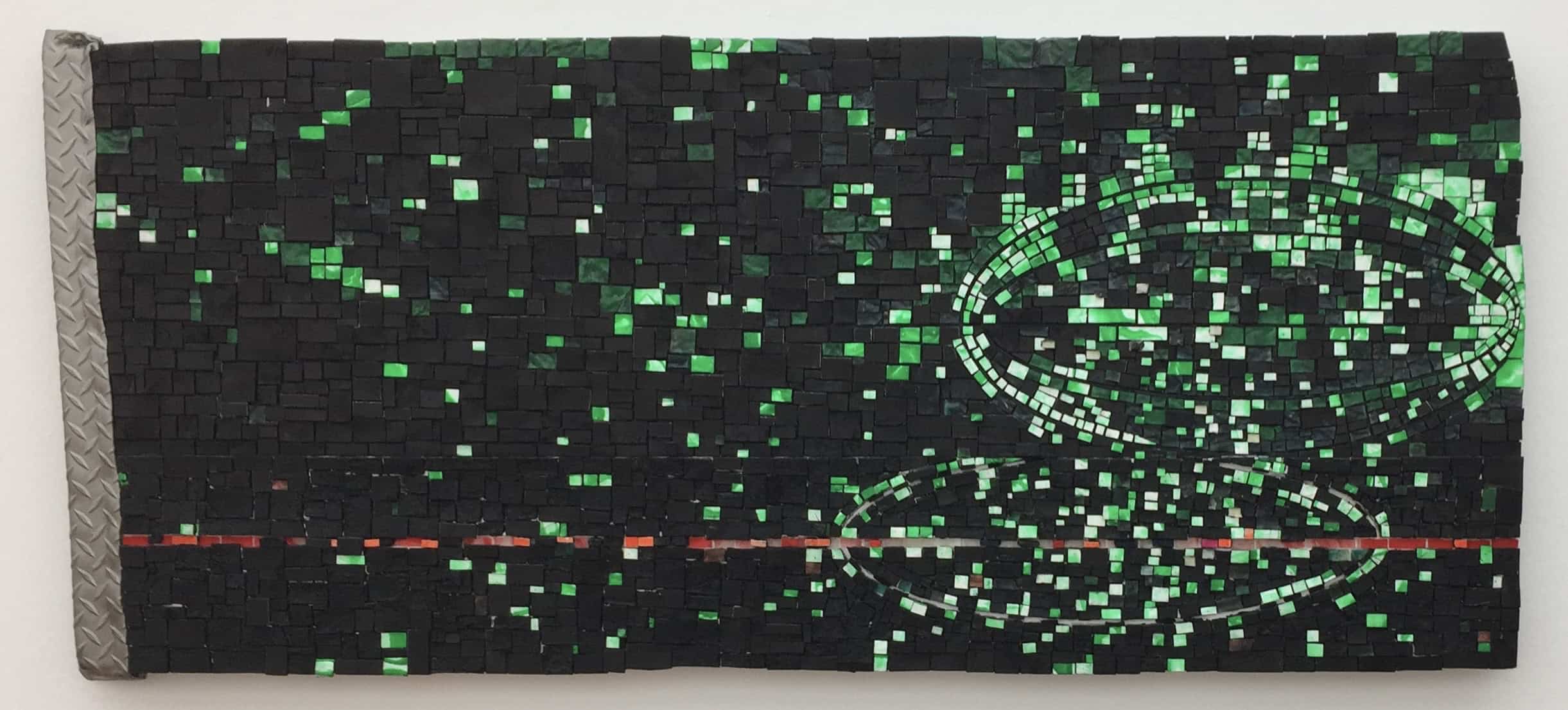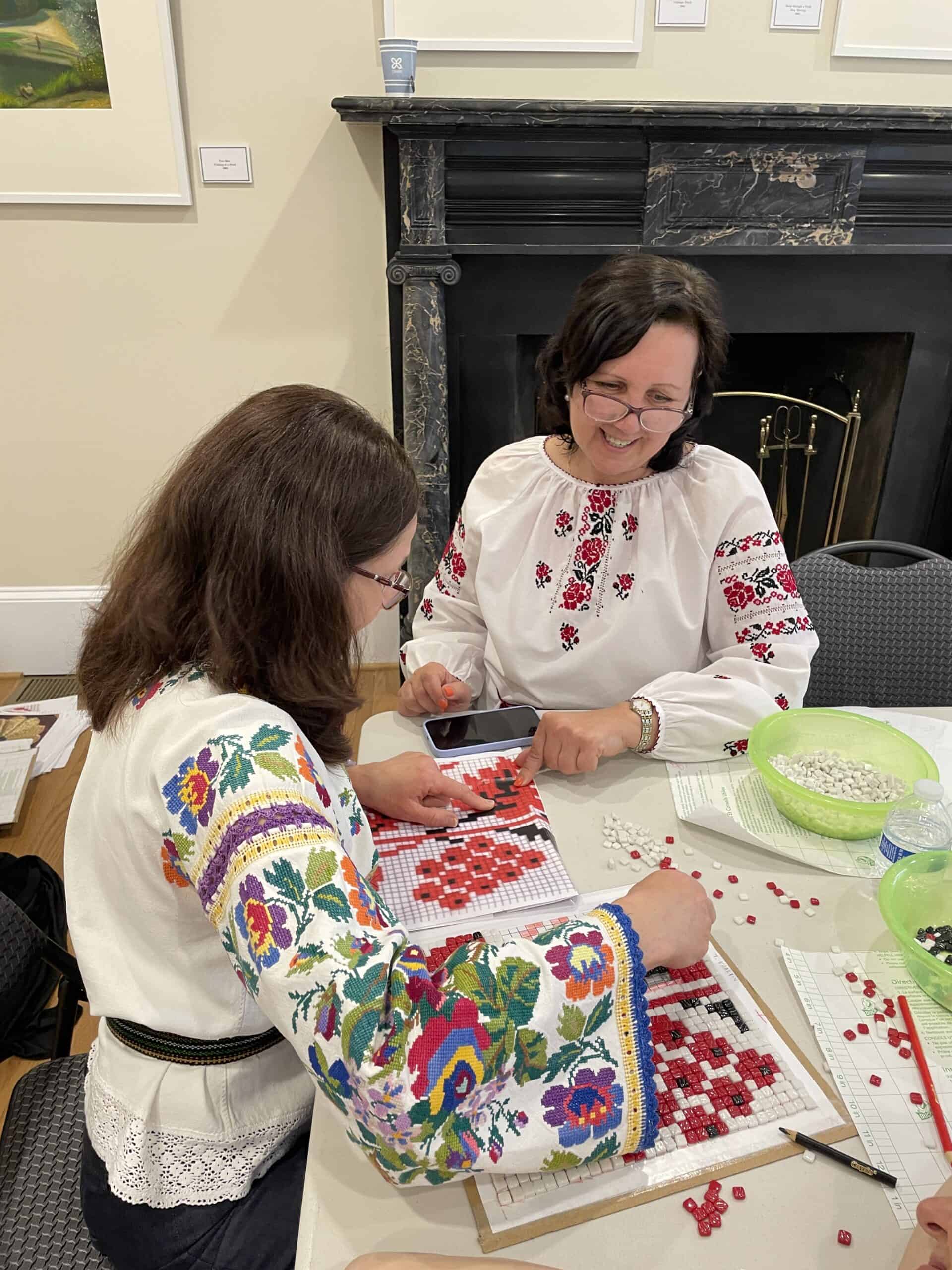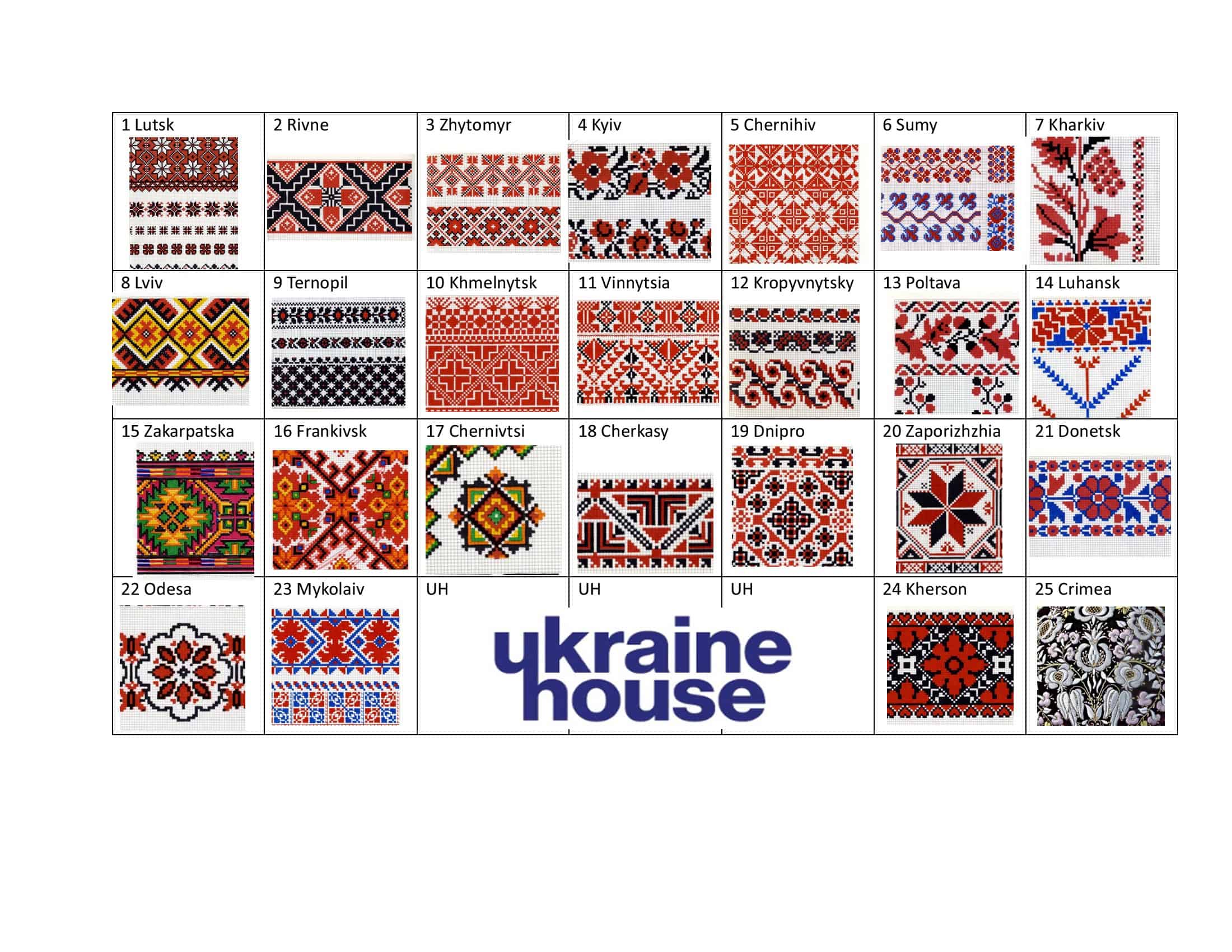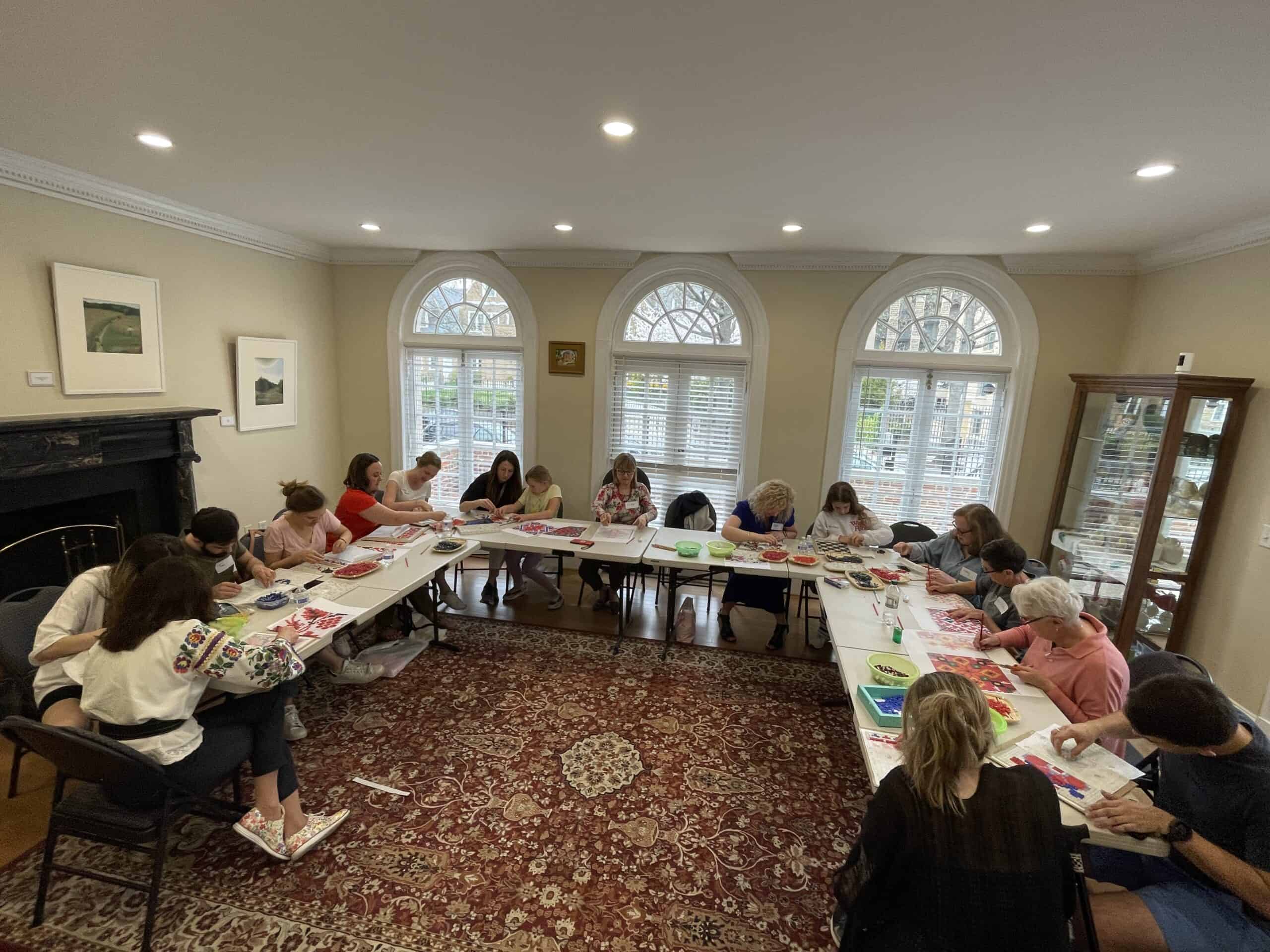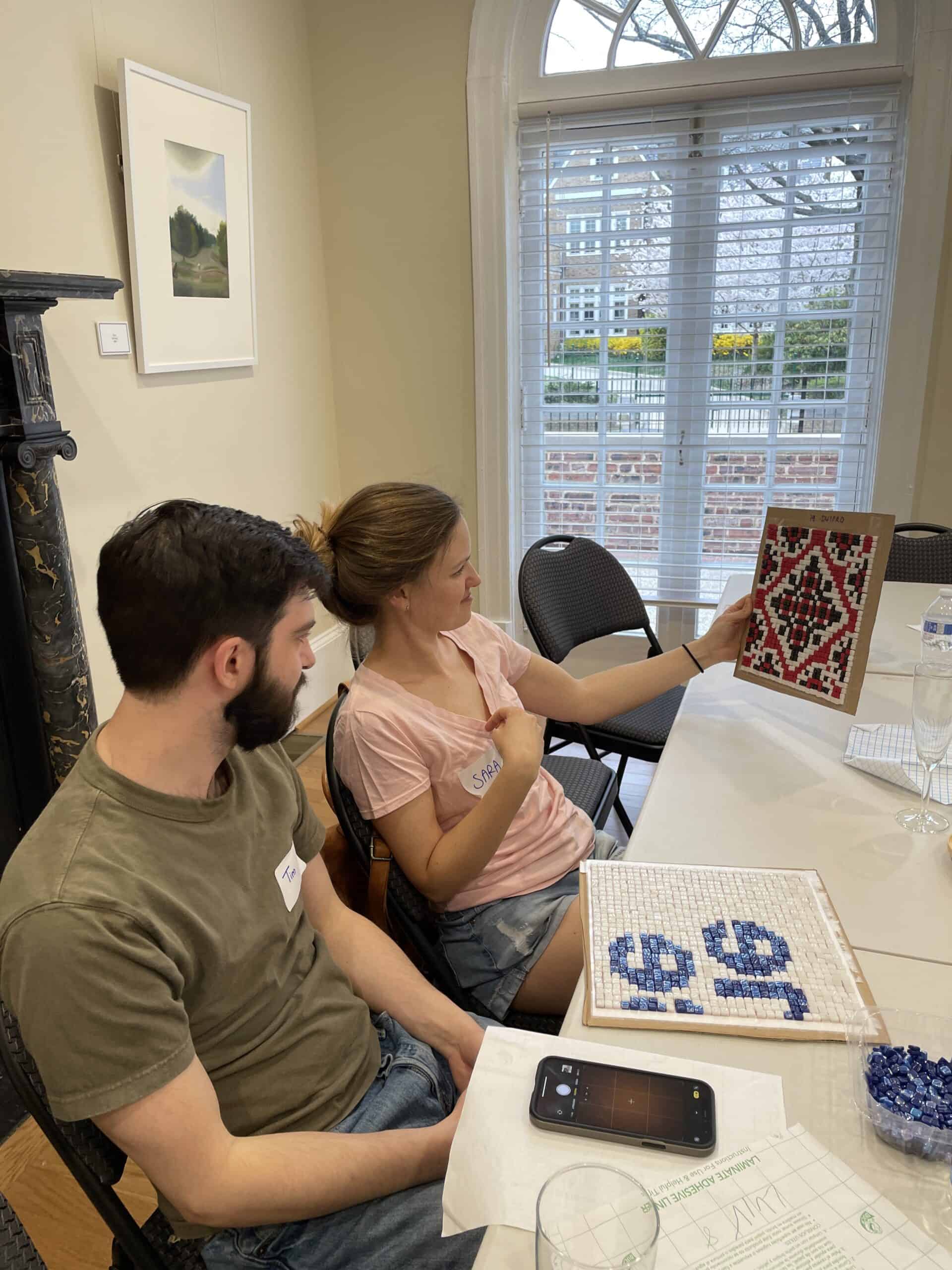Reunion with Jack Whitten – A retrospective at MoMA, New York
A few years ago, I had the opportunity to see Jack Whitten’s works for the first time at the Hamburger Bahnhof in Berlin. At the time, it was a real surprise for me to discover his mosaic paintings. I was particularly fascinated by how he integrated the mosaic technique from Greece into his paintings after a stay there.
Even back then, I was impressed by his unique method of making the mosaic tiles himself from dried acrylic paint – a creative and elaborate technique that gives his works a special depth and structure.
In April 2025, I had the opportunity to experience Whitten’s works again in a comprehensive retrospective at the Museum of Modern Art (MoMA) in New York. The exhibition gave me new insights into his working methods. It was particularly exciting to learn that his fascination with acrylic paint is partly due to the fact that this medium only emerged in the 1970s – a time in which Whitten worked with it with great curiosity and experimentation.
An outstanding example of his innovative use of acrylic: he applied the paint to the canvas in extremely thick layers and then drew it over with a super wide rake he had built himself. The result was impressive color and shape gradients that almost look like geological stratifications – lively, dynamic and full of energy.
The re-encounter with his mosaic paintings was just as moving for me as the first time. It is hard to imagine the dedication and devotion Jack Whitten must have put into his work. His works radiate an intensity that suggests he worked on them like a man possessed – day and night.
A visit to the retrospective is not only an aesthetic experience, but also an inspiring journey through the work of an extraordinary artist.
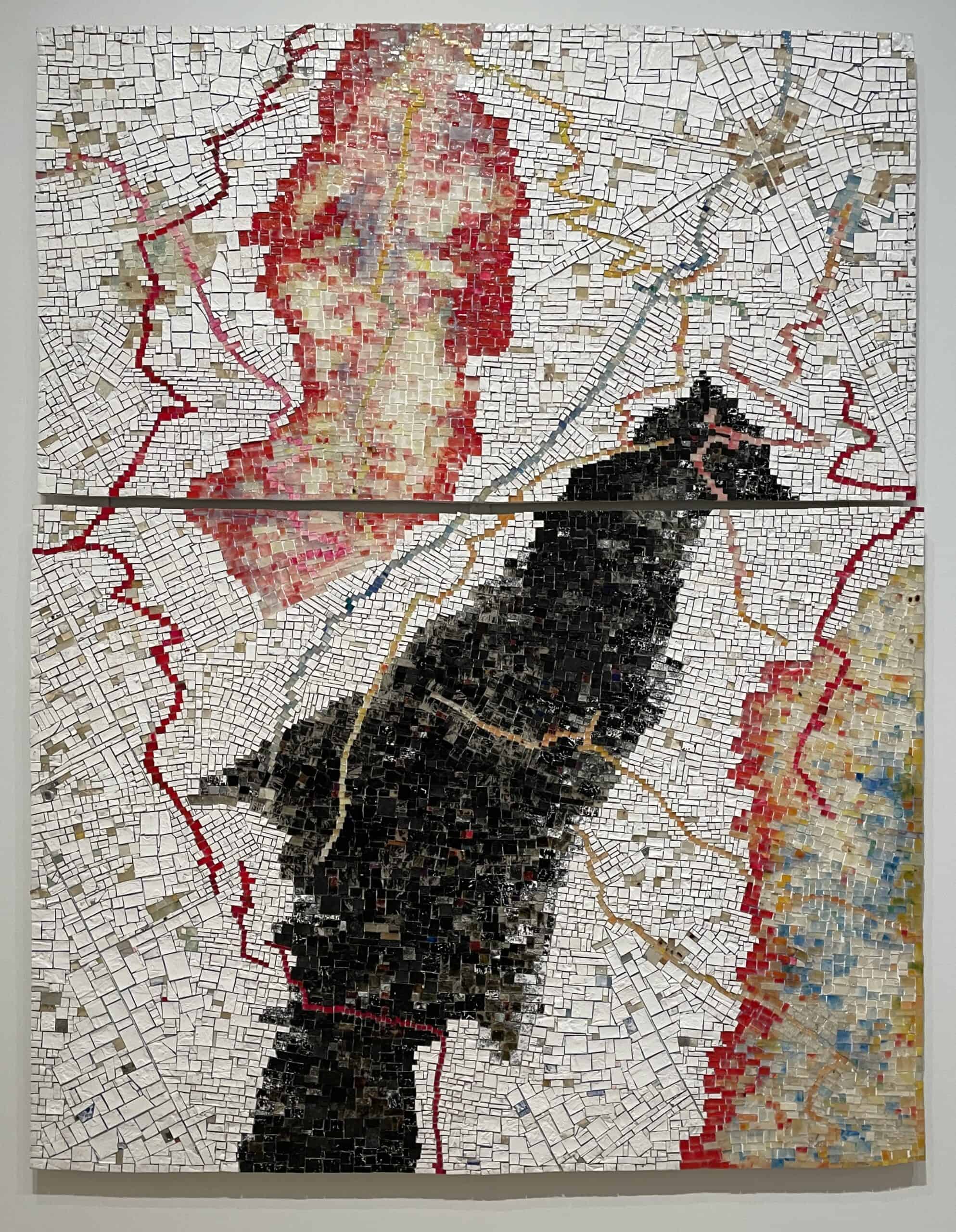
Flying high for Betty Carter
Jack Whitten 1998
On November 10, 1998, Whitten noted in his studio log that he had devoted 1,310 hours of labor toward the making of Flying High For Betty Carter. He was inspired to create the work after seeing the jazz singer perform at Slug’s Saloon in New York’s East Village in the 1960s: “I had to do a big painting for Betty Carter. It had to be brassy, celebratory, and over-the-top with a commanding presence….
The range of her voice could penetrate the highest emotional pitch imaginable…. Flying High is a B-52 Stratofortress Bomber piloted by General Betty Carter flying at 50,000 feet.”
